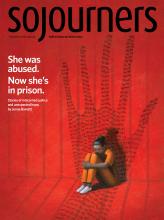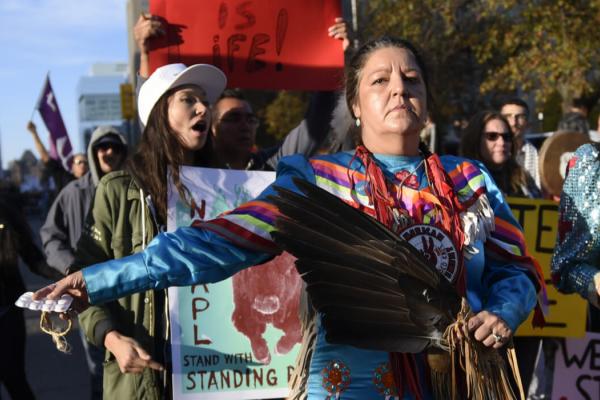STONEY KNOLL RISES gently above the Canadian prairies, providing impressive views of the agriculturally rich valley between North and South Saskatchewan Rivers. A sacred site for the Young Chippewayans, who call it Opwashemoe Chakatinaw, the knoll lies near the center of a 30-square-mile tract selected by their chief in 1876 as part of Treaty Six, a pact between the government and the Indigenous people of central Saskatchewan and Alberta.
And it stands at the heart of a continuing struggle over history, identity, and justice in Saskatchewan. My home place.
In the late 19th century, Young Chippewayans—the third-largest Cree tribe to sign Treaty Six—were struggling to survive increasing encroachment by European settlers, spurred by then-Prime Minister John A. Macdonald’s aggressive campaign to “open up” the region. The disappearance of the buffalo and devastating epidemics forced the tribe to leave their reserve land in search of food.
In October 1898, the federal government, without consultation or compensation, assigned Young Chippewayan land to be part of a larger area reserved for Mennonite settlers coming from the United States, West Prussia, and Manitoba. My community.
On Aug. 23, 1976, a gathering was held at Fort Carlton, Saskatchewan, to commemorate the signing of Treaty Six. But according to the Federation of Sovereign Indigenous Nations, the anniversary “represented 100 years of broken promises.” Chief Rod Okemow refused to accept a commemorative treaty medal. And several dozen Young Chippewayans—landless and federally unrecognized since 1889—decided to visit “their land” and talk to a few Mennonite farmers about their situation. For the latter, it was decidedly unsettling.
Read the Full Article

